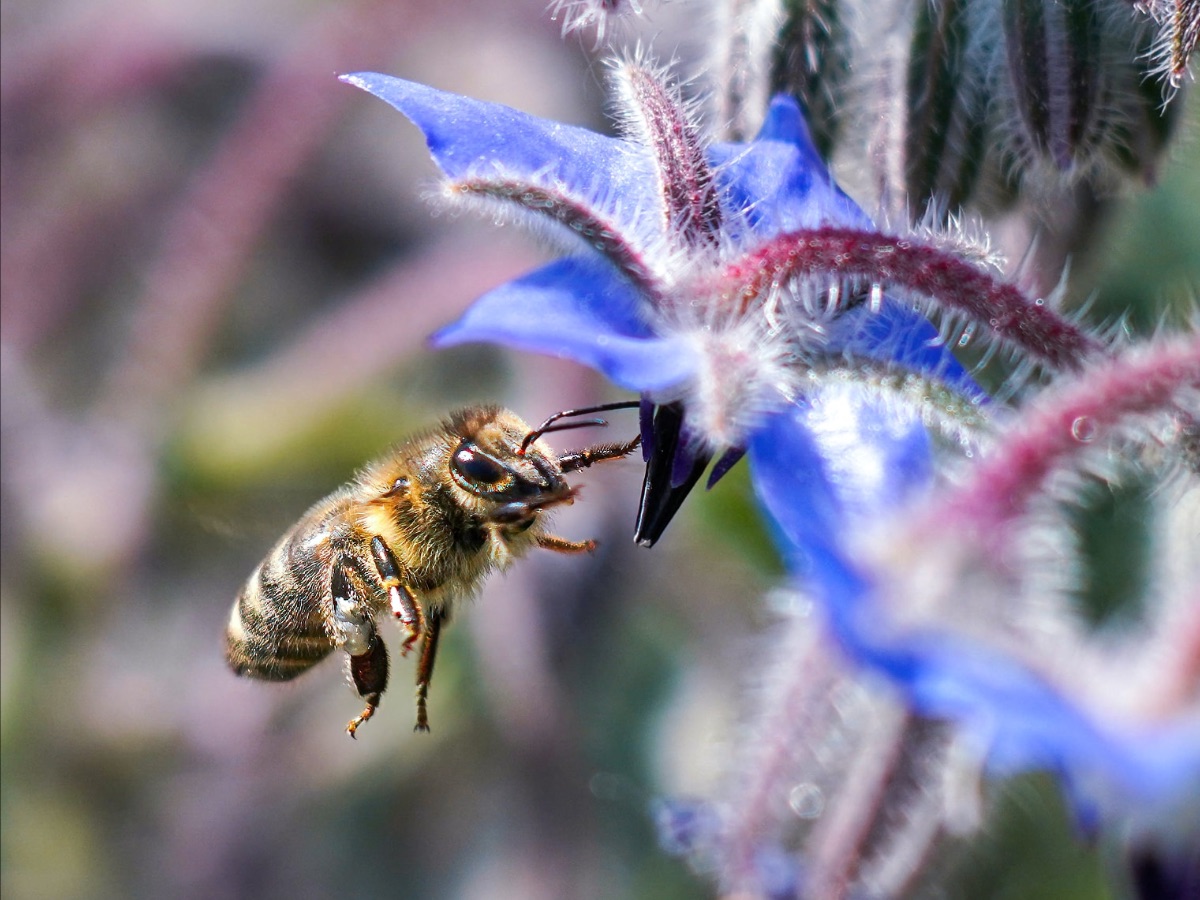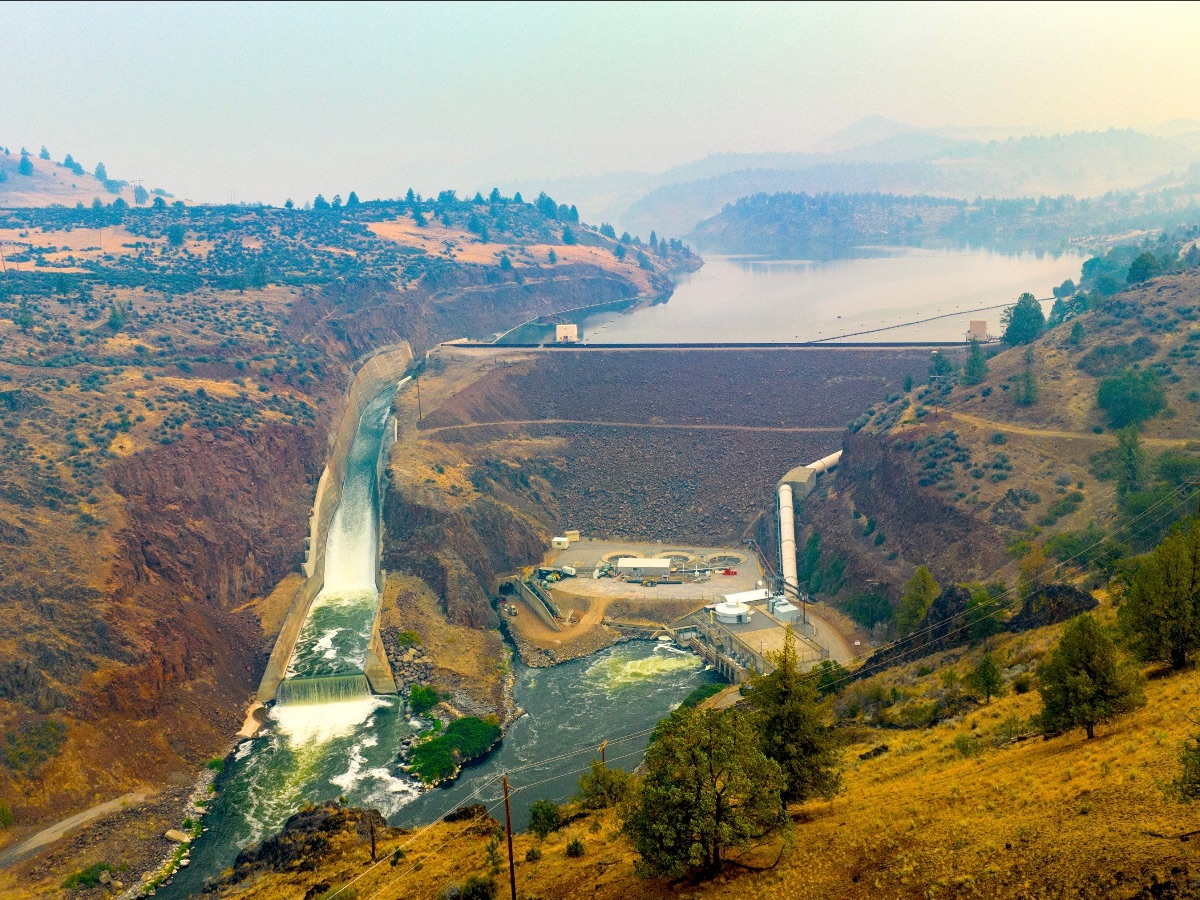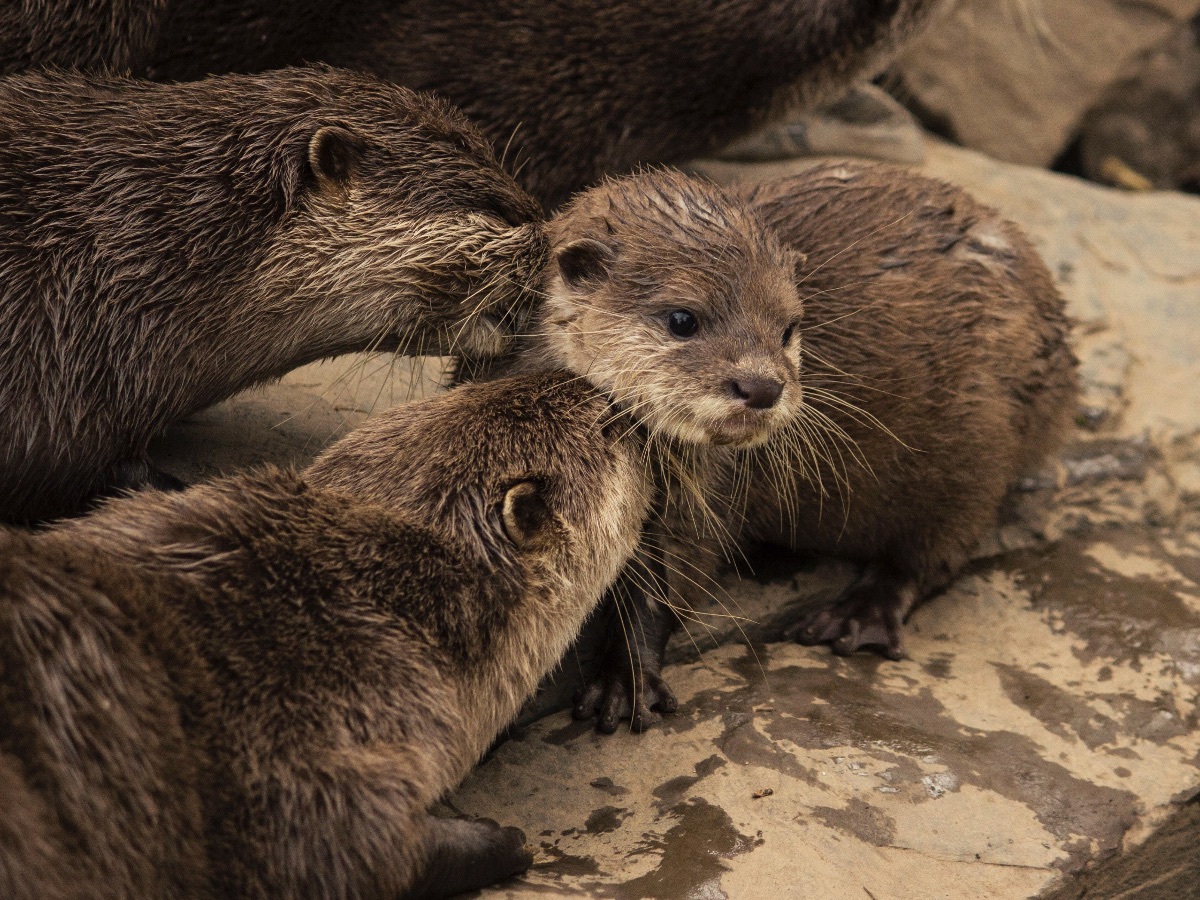Issue 64

A honey bee's brain, measuring a mere cubic millimeter in size, consists of a million neuronsthat support their complex "waggling" style of communication.
Flash Dantz / Unsplash The Mind of a Bee • Paul Hawken
The Mind of a Bee • Paul Hawken
 First Ratification of UN High Seas Treaty • Anna Steltenkamp
First Ratification of UN High Seas Treaty • Anna Steltenkamp
 Arizona's New Urban Heat Office • Claire Krummenacher
Arizona's New Urban Heat Office • Claire Krummenacher
 River Restoration After Largest Dam Removal • Scott Hannan
River Restoration After Largest Dam Removal • Scott Hannan

|
Klamath dam removal. A spillway (left) is filled with water at Iron Gate Dam where modifications to an existing tunnel will allow the lake to be drained in 2024.
|
 Rethinking Forest Carbon Credits • Courtney White
Rethinking Forest Carbon Credits • Courtney White
 Inuit Insight Informs Permafrost Research • Juliana Birnbaum
Inuit Insight Informs Permafrost Research • Juliana Birnbaum
 Protecting Thailand's Otters and Mangroves • Jonathan Hawken
Protecting Thailand's Otters and Mangroves • Jonathan Hawken

|
A family of Asian small-clawed otters.
|
Take Action on Nexus
Learn how to decarbonize the maritime shipping industry and reduce its environmental impacts by implementing changes throughout the supply chain of internationally traded goods in our Maritime Shipping Nexus.
Photo Credits
1. Flash Dantz / Unsplash
2. Brian van der Brug / Los Angeles Times / Getty Images
3. Rebecca Campbell / Unsplash
Support our work
We rely on the generous support of our fellow regenerators! Please consider making a one-time or recurring donation to keep Project Regeneration and The Waggle going.
Want the Waggle coming to your inbox instead? Click Here to Subscribe!
